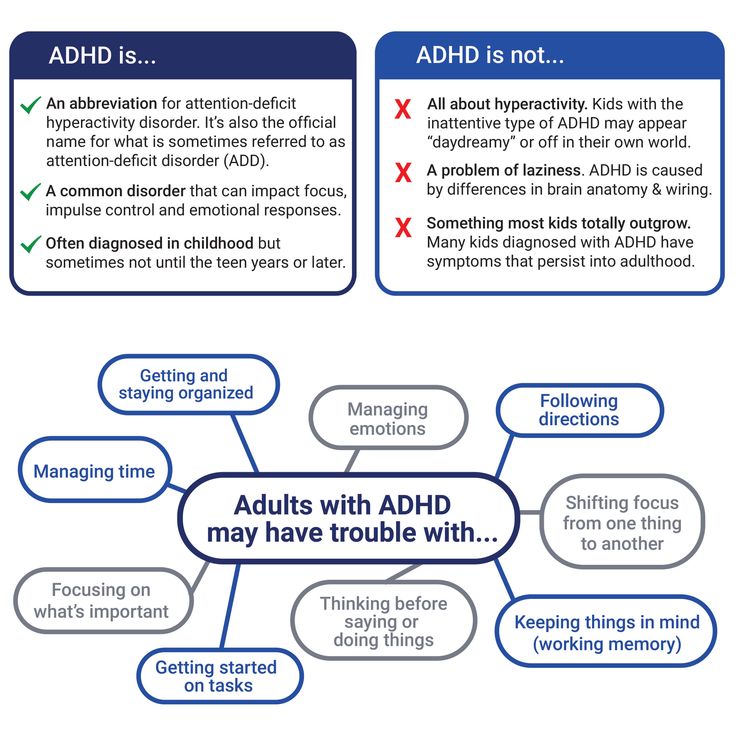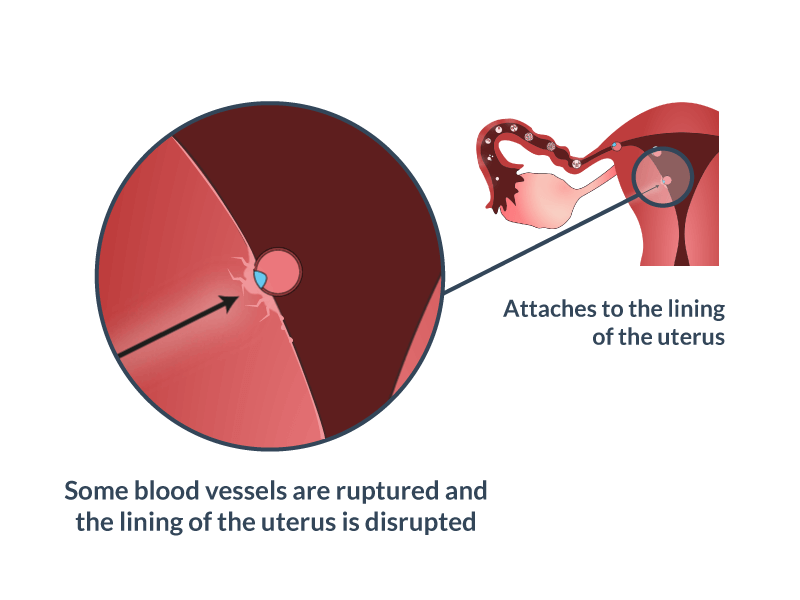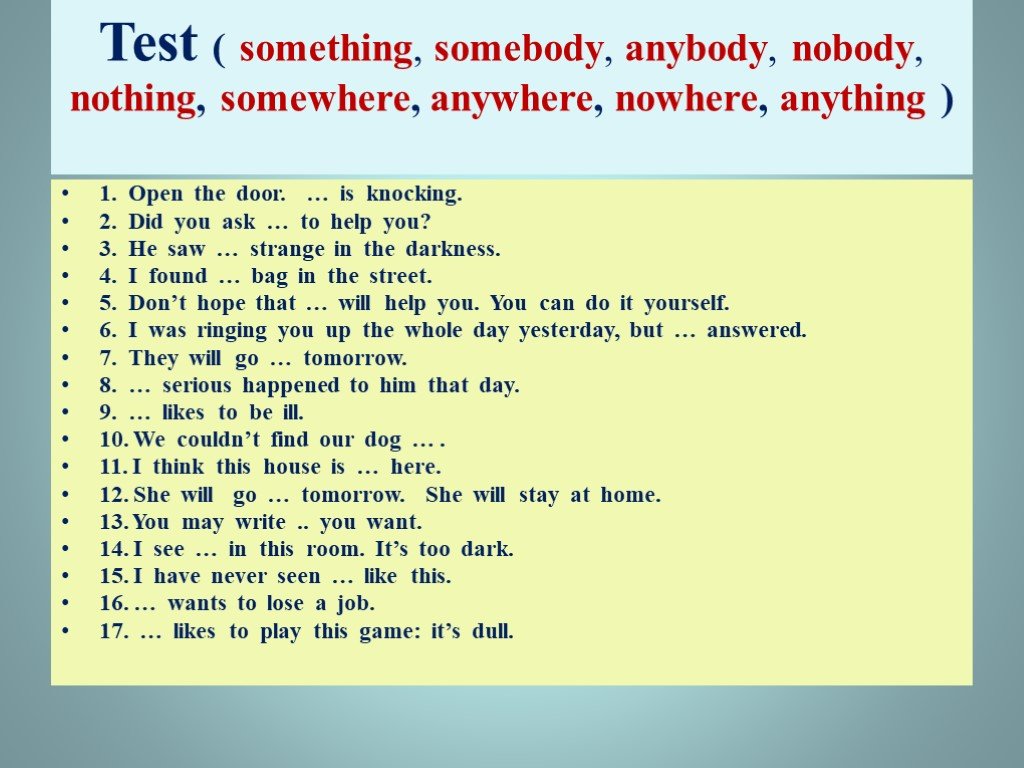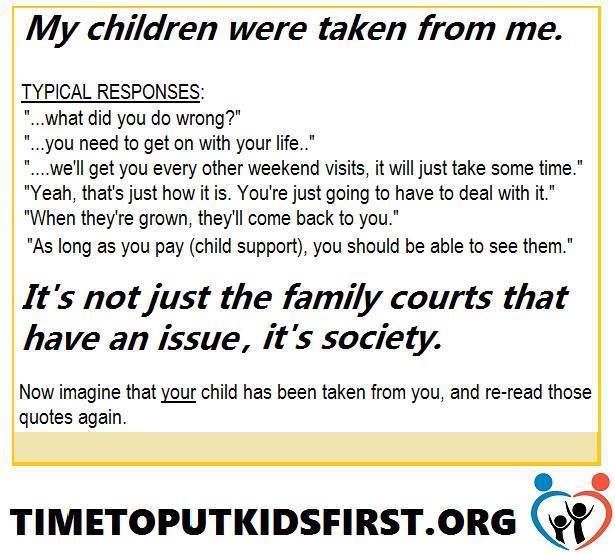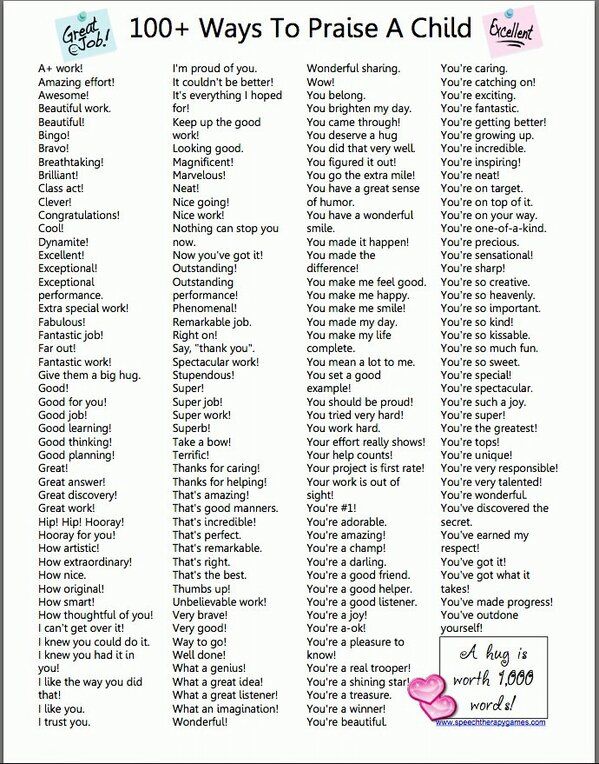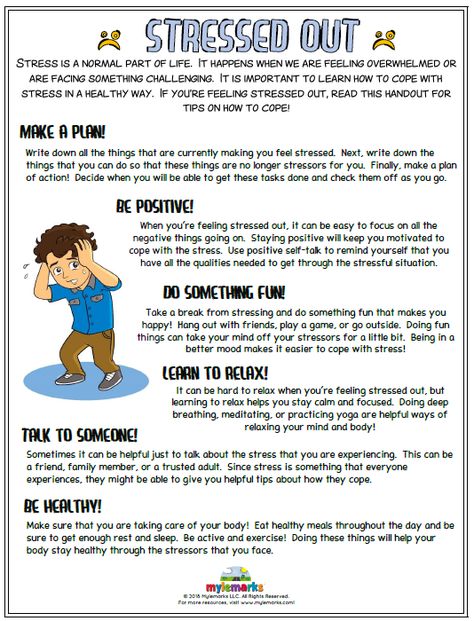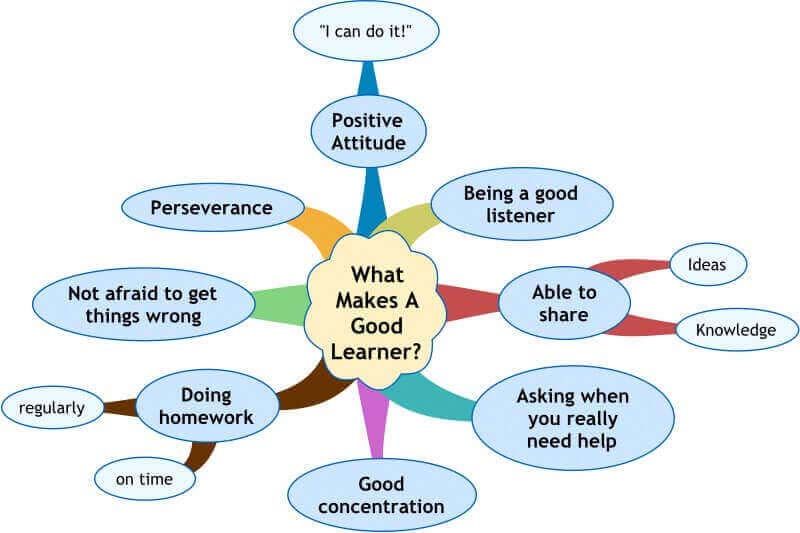How to calm my hyperactive child
7 Ways to Calm Your Child with ADHD
To help your child thrive, highlight the positives. Here’s how you can create healthy habits.
All children are different, and it’s these differences that make them unique and fascinating. As parents, our mission is to nurture these distinctive traits and help our children achieve all the things they put their minds to.
To help them thrive, we generally highlight their positives while downplaying the negatives. The problems arise when we see these remarkable differences as deficits.
A child’s hyperactivity may seem like a negative. And while hyperactivity and other symptoms of attention deficit hyperactivity disorder (ADHD) can stand in the way of productivity and attention, they’re part of that child and, if managed, can also allow them to grow and thrive.
So, what are the best ways to calm your child with ADHD and help them obtain success?
If your child is diagnosed with ADHD and begins treatment, as a parent, it’s your job to follow through on recommendations.
If you decide that medication for your child is best for the both of you, consistency is critical. It’s important to know that it’s difficult to tell if your child’s treatment is working when done sporadically. It’s also important to communicate with their doctor if you have concerns about medication selection and side effects.
During this time, it’s important to seek other services like parent training, social skills groups, and therapy for your child to help improve their symptoms.
Just like you need to be consistent with treatment instructions, you need to be consistent at home. Children with ADHD succeed in environments that are consistent. This means that there must be a sense of structure and routine at home.
You may notice that hyperactivity becomes worse during unstructured times — and without supervision, hyperactivity may increase to an excessive level. By building a routine with some flexibility, you create fewer possibilities for hyperactivity to intensify.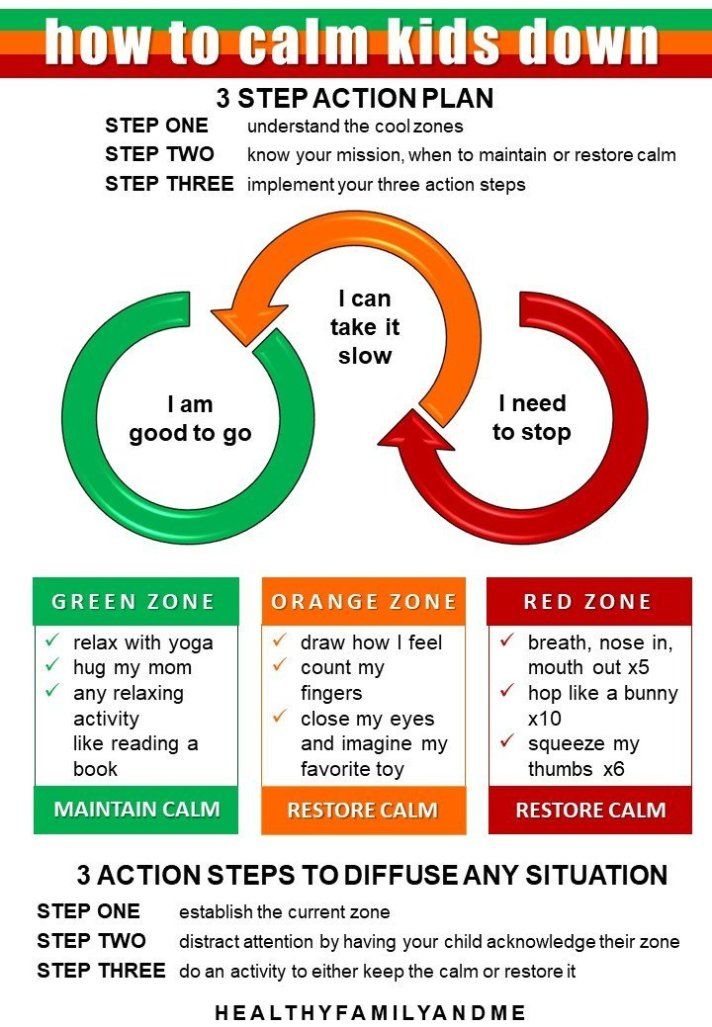
Over time, a stable structure can transform into healthy practices. This will provide your child with the ability to manage their hyperactivity. While you don’t need to micromanage, you do need to put some reasonable orderliness into place.
Asking a person with ADHD to sit still and stay quiet for a certain amount of time is insensitive. It’s better to break up activities that require calmness into chunks of time to help them succeed.
If your child can only tolerate a few minutes of homework, ask them to do as much as they can in those minutes. Following the work, they can take a three-minute break to stretch, hop around, or whatever they decide on before they sit down for another couple of minutes.
This approach ensures that their time sitting down is productive versus being filled with squirming and excessive movements.
Shaping is a psychological method used in behavioral and cognitive behavioral therapies. In shaping, you accept the behavior at its baseline and work to make small changes with the use of reinforcement.
If you wanted to incorporate shaping into the previous homework example, you would start at six minutes, break, seven minutes, break, eight minutes, until their homework is complete.
When your child accomplishes the fixed amount of time at regular activity levels, you give a reward. Rewards can be kind words, a hug, small amounts of money, or a fun activity later on. This process empowers your child to associate extended periods of desired activity levels with positives. With consistency, the times will stretch and become longer.
Allow your child to fidget while engaging in a task that requires a lot of patience. Allowing them to play with a small toy, a piece of clothing, or a fidget tool (like a fidget cube) can help improve attention and focus while simultaneously reducing activity levels.
Your child may do well if they’re allowed to burn off excess energy through playtime before they’re expected to sit still for a number of minutes.
For example, if your child has been sitting all day and bottling up their energy, completing homework as soon as they arrive home may not be the answer. Instead, find some physically-demanding, fun activities for them to do when they first get home.
Instead, find some physically-demanding, fun activities for them to do when they first get home.
Allowing your child to play for a half hour may make focusing on homework more effective and efficient.
Learning about, practicing, and teaching your child about relaxation techniques may help to increase their awareness and understanding of their bodies, feelings, behaviors, and hyperactivity.
These can include deep breathing exercises, progressive muscle relaxation, mindfulness meditation, visualization, and yoga. There are more relaxation techniques out there as well!
Finding the best times to implement these skills will take some experimentation, but the results will be worth it.
NewLifeOutlook aims to empower people living with chronic mental and physical health conditions, encouraging them to embrace a positive outlook despite their circumstances. Their articles are full of practical advice from people who have firsthand experience of ADHD.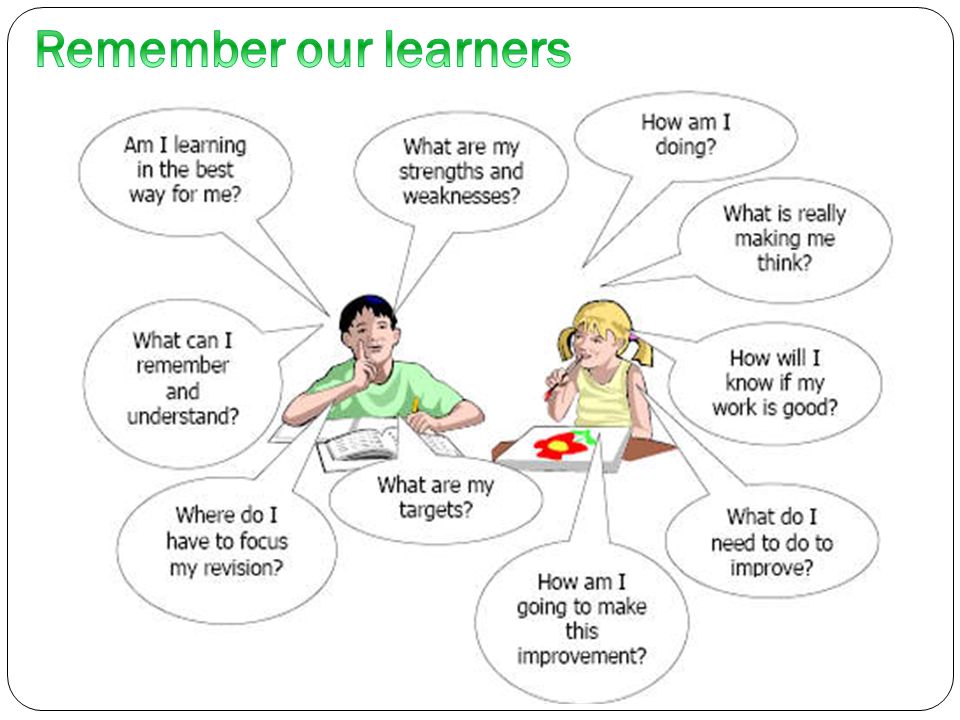
How to Handle a Hyperactive Child without Losing Your Mind
Learn how to handle a hyperactive child at home! Use these 3 natural ways and 20 simple activities to calm your toddler, 4-year-old, or older child.
Sometimes my house can feel a little crazy. With three boys, there is no shortage of energy, noise, and pure chaos unfolding around me on any given day.
My son Isaac is particularly energetic. Whether he’s running laps through the house, jumping off the couch onto a crash pad made of cushions and random stuffed animals he’s dragged out of his bedroom.
This is often accompanied by talking so loud my head hurts or singing a song at the top of his lungs. He seems to experience life bigger, faster, and harder than my other boys.
He’s always going a mile a minute, with new ideas for how to add more movement, more passion, and more energy into his day.
This level of activity can continue unceasingly, and any efforts I make to slow him down fall on deaf ears.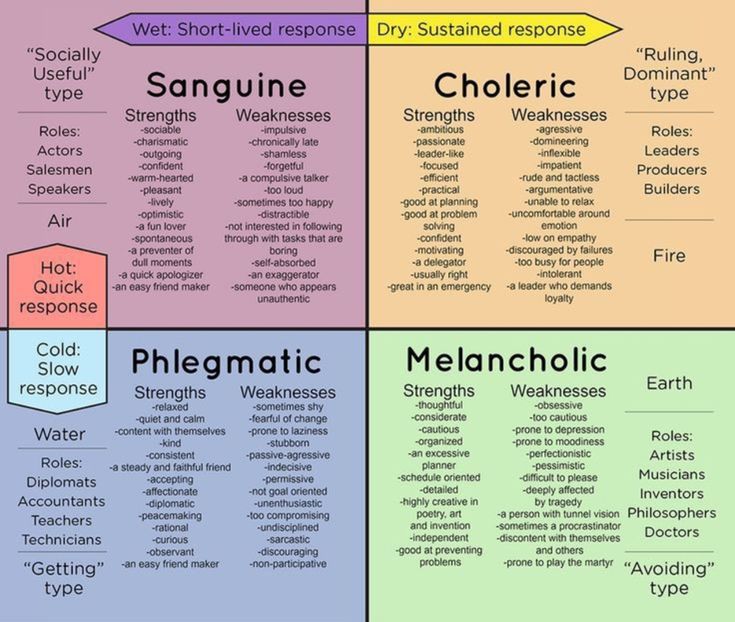
Is your home anything like mine?
Some will say, “Oh, that’s boys.” But, I’ve seen girls have just as much energy.
Others might say, “You’re not parenting him right, get him under control.”
And, still others will wonder, “Is he hyperactive?”
Why is My Child Hyperactive?
You may have noticed an increased use of the word “hyperactive” in the past several years, whether it be books on the topic, online parenting resources, or even comments from your pediatrician.
The word is often used as a blanket term to describe any kid that is particularly active, like my Isaac.
We use it to describe all sorts of behaviors, from endless movement, to poor attention skills, and even poor self regulation.
To make it clear for this post, let’s define a hyperactive child as one that frequently seeks out movement and can have difficulty sitting still.
If your child has a diagnosis of ADHD, this all applies to you, too. But I want to make it clear that we are using “hyperactive child” to include those with and without a diagnosis.
What makes some kids hyperactive? Well, there are tons of factors that include:
- A child’s temperament: Their biological wiring that impacts personality, mood, and even behavior. It’s who they are!
- Genetics: The apple doesn’t fall far from the tree. If you were “hyperactive,” your child is more likely to be as well.
- Diet: High carb/sugar diets or possible food sensitivities can impact energy levels.
- Environment: If it’s wild and disorganized in a room, it often promotes the same kind of energy shown by your child.
- Season: Winter months may increase hyperactivity because of decreased free play outdoors.
- Sensory processing: How a child takes in the sensations from their environment is totally unique. Kids that are hyperactive may be seeking out those sensations simply because of how their brain works! (More on this in a minute…)
For most “hyperactive” children, a combination of these reasons are likely in play.
And, the reasons can vary from day to day and week to week. On top of that, some kids can be hyperactive on particular days or all of the time.
If it sounds confusing, you’re not alone.
While there is some detective work involved to find out why your child is hyperactive, there is a likely culprit for most kids who show some of these signs.
The Game Changer for Hyperactive Kids…
While any of the above reasons can affect a child’s hyperactivity, there’s one common denominator that’s often at the root of a hyperactive child or toddler: Sensory processing.
It’s almost impossible for hyperactivity and sensory not to go together; they’re a classic pairing like peanut butter and jelly.
Hyperactive kids often have a high threshold for sensory input that the world around them doesn’t quite meet.
This can often look like your child tipping their chair back constantly when they’re required to “sit still,” jumping on the couch incessantly, or getting out of their chair 20 times during dinner.
Their brains are looking for MORE sensations and aren’t satisfied until they get it. That’s why your hyperactive kid keeps pushing the envelope, seeming not to hear or understand you when you tell them to sit down.
It can seem like they’re being bad or defiant. And, it’s easy to let this reflect on you as a parent, something I know from personal experience.
BUT, there’s a huge bright light at the end of the tunnel, and that’s using sensory strategies to help you deal with and handle your hyperactive child or toddler, whether they are 3, 4, or 12 years old.
(Grab our free 21 Sensory Red Flags to see if your child has more signs of sensory difficulties.)
Affiliate links used below. See our full disclosure.
How to Handle a Hyperactive Child
– NaturallyWhen I think about how to handle a hyperactive child, three different solutions come to mind, all of which are natural ways to calm a hyper child.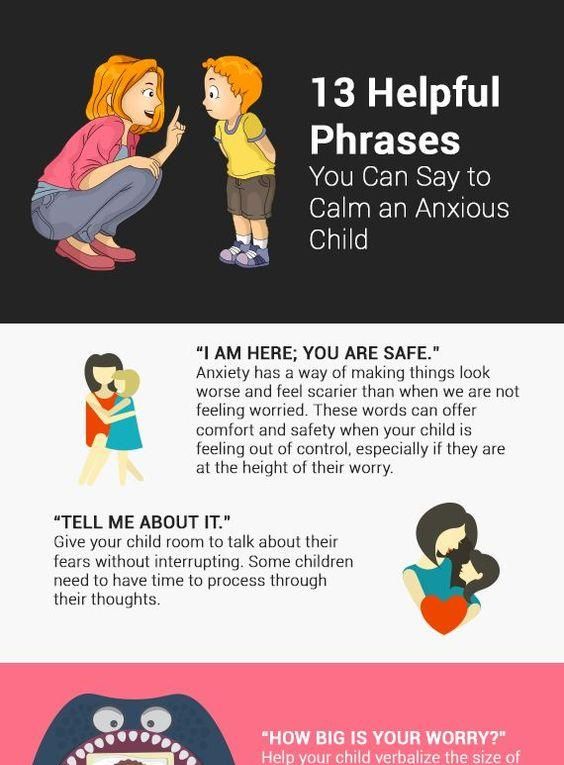 They are sensory-based strategies that I’ve used as an OT and as a mom, and most importantly, they work! Let’s take a look:
They are sensory-based strategies that I’ve used as an OT and as a mom, and most importantly, they work! Let’s take a look:
1.
Offer activities with rhythm and structureIt’s incredibly important for hyperactive and energetic kids to have an outlet for all that energy. Stifling it, or trying to, often will make it worse.
But sometimes, a free for all can make things much worse. There’s a difference between going outside and running around everywhere, and running back and forth between two points.
The latter is putting some structure to an open activity that may otherwise just make your child more hyperactive.
Then, to kick it up a notch, if you combine some structure with rhythm, the rhythm is often even more calming and organizing to the body and mind (this is one of the sensory tricks).
For instance, singing a rhythmic song like, “The Ants Go Marching One by One” or a military chant-like phrase, “March, one, two, three” over and over again to a specific beat during the activity.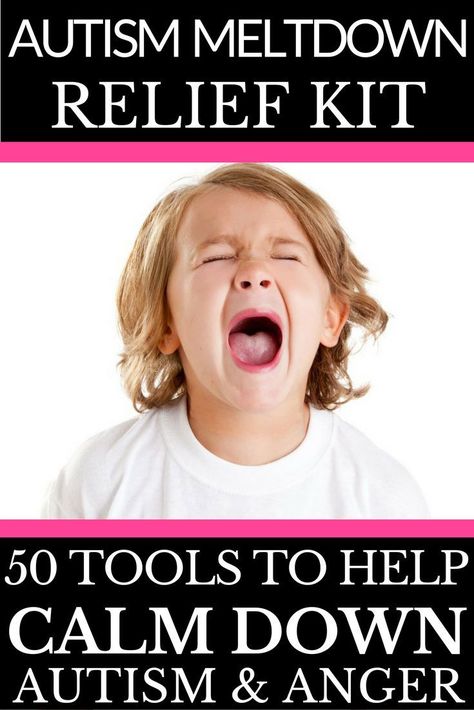
I know that may sound strange, but think about the sound of that military chant repeating in your mind right now. Do you want to lift your feet to march; do you feel a sense of calm?
Those are common experiences and when we pair songs or chants with a rhythmic, repeatable beat to motions like jumping, marching, or running, it can calm kids down quickly.
Now take those ideas of structure and rhythm and apply it to these activities:
- Playing sports – Between rules, physical boundaries of where to play, and time constraints on how long, sports are a great option for structured movement. You may find that your child responds better to individual vs. group sports, as well as the physical exertion level. Swimming and gymnastics are my top 2 to recommend parents start with, due to the sheer amount of movement they require.
- Obstacle course – These don’t have to be too complicated, think about simple ideas like crawling over and under objects, walking on a line, and hopping to the finish line.
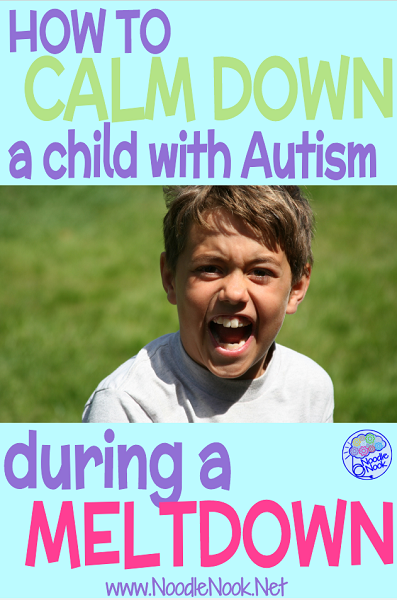 Click here for more inspiration.
Click here for more inspiration. - Going for a walk or run
- Jumping on a trampoline – As in my above example, try singing or simply counting, which is also great for steady focus. We have one like this.
- Climbing – Use a staircase on hands or knees, a jungle gym, a tree, or if you’re lucky enough a rock wall.
These and other structured movement based activities are best for when you need to calm down a hyper child!
2.
Free Active TimeYes, the total opposite of what I just told you. While structure is important for a hyperactive child, so is free play.
Sometimes it’s best to lead with a period of time where they have the time and space to run wild and do what they like. Outside is usually best for this, but these work for your hyperactive child at home, too.
Set some ground rules about safe behavior, and if it’s hard to watch your child climb and jump, maybe there are some dishes you can do!
Here are some specific ideas for free active time you could use with your child:
- Run around outside
- Play on swing set
- Jump on couch or bed
- Have a dance party
- Roughhouse or playfully wrestle together
If your child is really ramped up instead of calmed down after some free play, then you may want to transition to a more structured movement activity.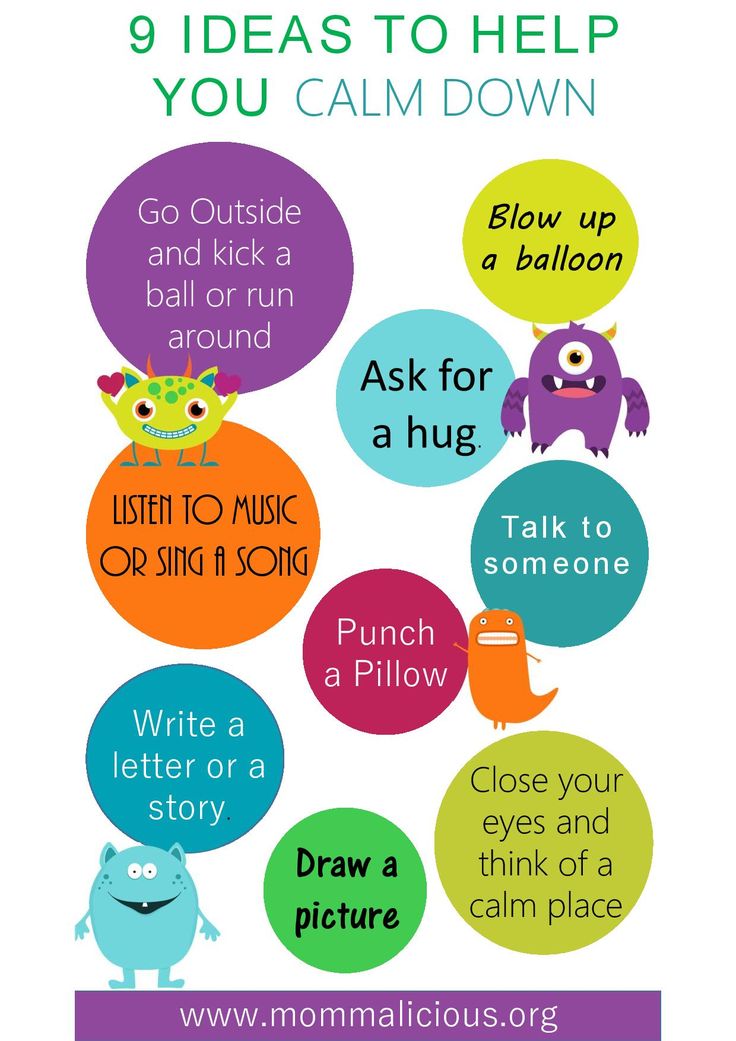 Again, some trial and error has to happen sometimes.
Again, some trial and error has to happen sometimes.
3.
RelaxThis is usually the last strategy I use for a hyperactive kid and is especially helpful before bed or during activities they need to sit still for.
Hyperactive kids can have a particularly hard time going from a high energy level to a lower one, and using some calming activities like these can make a huge difference:
- Rocking – Either in a swing, hammock, or rocking chair.
- Swinging – Think porch swing, not a contest for who can go the highest on the swing set (which is a great activity and can be helpful in it’s own right, but if you’re going for relaxation, that may not be it). Back and forth movement is very calming to most kids.
- Dim lights – Don’t underestimate this subtle change. Sometimes, just dimming the lights can help calm a child.
- Organized room – An organized space with toys and items put away can also have a big impact. Your hyperactive kid is a lot like a mirror.
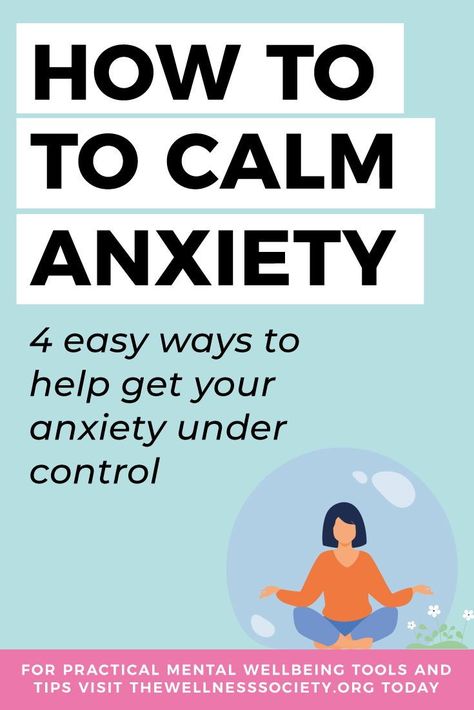 They react similarly to the environment they are in.
They react similarly to the environment they are in. - Music – Think soft, slower music. Lots of kids’ songs have a natural rhythm to them that is calming. Think back to that chant-like repetition we mentioned before.
- Changing light – At times, my kids use these slow changing night lights/diffusers to watch as they drift off to sleep. A lava lamp can have the same effect.
Having a hyperactive child can be exhausting, in every sense of the word, but don’t lose hope!
These three solutions, when used independently or together can have a tremendous impact on your child’s life.
One caveat though: Don’t give up on these too soon.
It’s so important that you try all of these strategies multiple times. It will take you and your child some time to figure out what’s working and what’s not.
How to Deal with a Hyper Toddler
While everything above definitely applies to the younger crowd, toddlers can be a bit of their own beast, so I wanted to share a couple of extra tips for hyperactive toddlers:
Use sensory bins – This is best to try after some structured movement time, but many kids will become very attentive and focused while exploring different textures.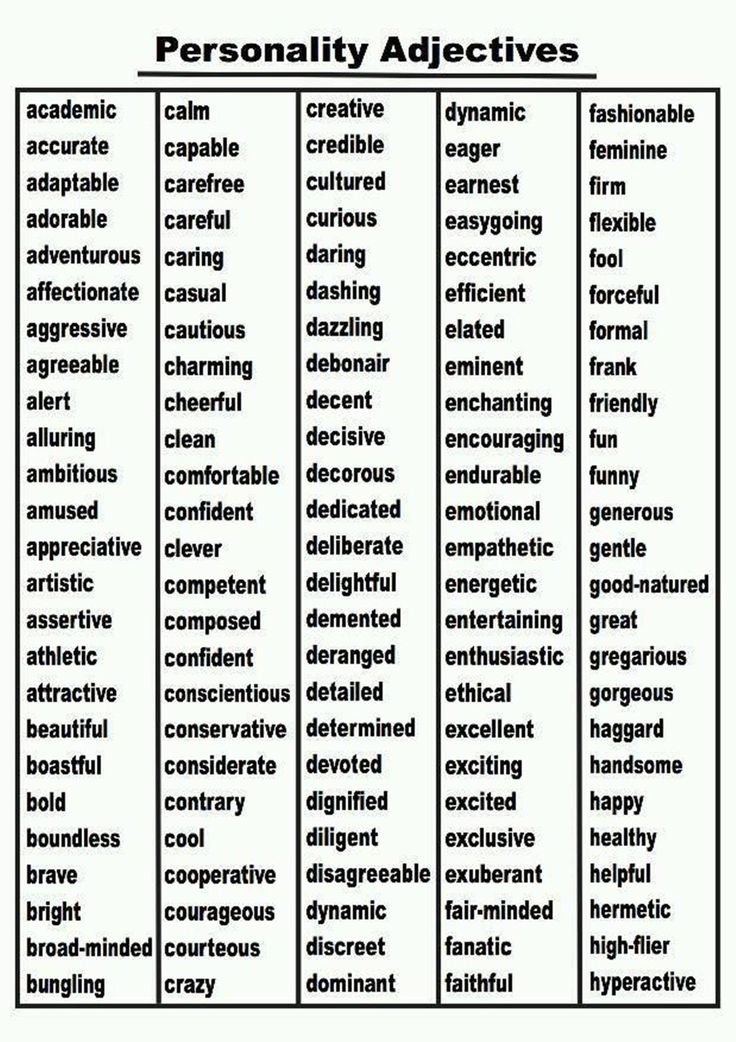 Head over to my list of sensory bins for ideas and how to make them educational too.
Head over to my list of sensory bins for ideas and how to make them educational too.
Riding toys – Most toddlers have one. Have it out often and encourage your hyperactive toddler to ride it and push it around. It’s fantastic sensory input that will likely calm them down.
Pile the couch cushions on the floor – All kids love this, but it’s especially perfect for toddlers. The climbing and jumping will meet their sensory needs.
Now you have a plan for how to deal with a hyperactive child or toddler! But, there’s a potential danger that can sabotage your efforts…
The Hidden Trigger for Hyperactive Kids
Screen time – I know how much the TV or tablet can be a lifesaver, but pay attention to how often your hyperactive kid is watching it, and how it affects them.
More and more studies are showing that screen time actually increases hyperactivity (See this article).
Since hyperactive kids are more sensitive to their environments and input, it makes sense that they are often more negatively affected by screen time.
If this seems like an impossible task to you, start small.
Try using screen time strategically and to your advantage. Remember how we mentioned adding structure when it comes to using activities? The same thing goes for screen time.
Start by building screen time into the routines of your day with clear boundaries for when you do and don’t use it. Add it in where it helps you without having a complete free for all.
If you think screen time might be affecting your hyperactive child, here is an article on other methods for decreasing screen time that can help.
Wait, is ADHD Causing My Child’s Hyperactivity?
According to recent research, anywhere from 6%-16% of kids aged 3-17 years old who exhibit hyperactive tendencies will be diagnosed with Attention Deficit Hyperactivity Disorder (ADHD).
It is more common in boys than girls, but the rates have become more balanced between the two in recent years.
ADHD is a neurodevelopmental disorder, and is defined by persistent and frequent episodes of hyperactivity, inattention, and impulsivity.
Kids with ADHD will absolutely benefit from the sensory techniques and strategies mentioned above, but may also require other assistance from healthcare professionals..
To learn more about the sensory and ADHD connection, click here.
Get More Strategies for Helping Hyperactive Kids!
Grab my 21 Sensory Red Flags You Might Be Missing Printable. Whether sensory is new to you or not, it’s an important checklist to have.
**Click here to grab your free printable!**
More Help for How to Handle a Hyperactive Child
Genius Activities for Sensory Seeking Kids
8 Steps to Keep Your Child Seated for Meals
Powerful Proprioceptive Activities that Calm, Focus, & Alert
Epic Messy Play List that’s Sensory-filled, Inspiring, and Easy!
And…
I’m behind the scenes on Instagram showing you my real-life, in action, strategies I use with my kids. You’re not alone. Come join me here.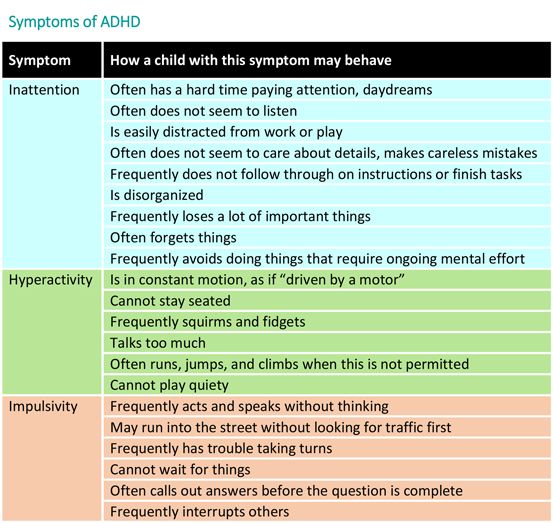
Alisha Grogan is a licensed occupational therapist and founder of Your Kid’s Table. She has over 14 years experience with expertise in sensory processing and feeding development in babies, toddlers, and children. Alisha also has 3 boys of her own at home. Learn more about her here.
How to teach a hyperactive child to hold attention
Your child is “restless”, “interferes with others”, constantly “mistakes”, “does not obey” - how often do we hear this? Maybe it's hyperactivity. In this case, you just need to understand the child and help him. More than 30 boys and girls with Attention Deficit Hyperactivity Disorder (ADHD) live in the Yunona Family Education Assistance Center. Specialist Maria Baldzhirova talks about the characteristics of such children and what moments in the child's behavior may be the basis for contacting a neurologist, and also advises parents on how to calm their fidgets.
The line between character traits and diagnosis
« People constantly concentrate on some object.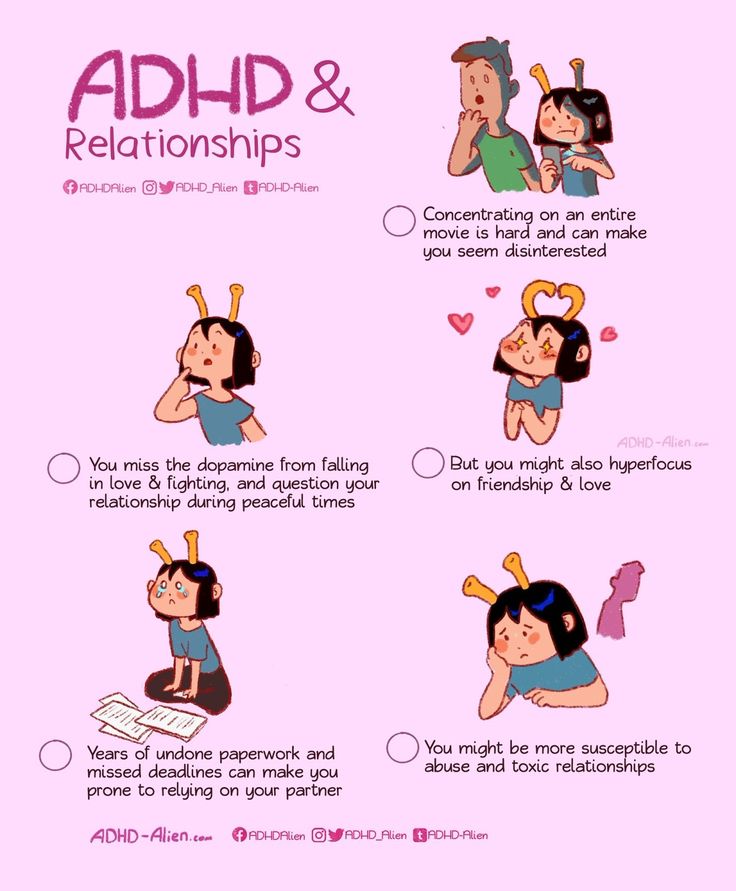 However, there are children whom we call "reactive", "restless", "hyperactive". They have a neurological disorder that begins in childhood, Attention Deficit Hyperactivity Disorder, or ADHD. But such a diagnosis can only be made by a neurologist !” - says the teacher of additional education of the Center "Yunona" Maria Baldzhirova.
However, there are children whom we call "reactive", "restless", "hyperactive". They have a neurological disorder that begins in childhood, Attention Deficit Hyperactivity Disorder, or ADHD. But such a diagnosis can only be made by a neurologist !” - says the teacher of additional education of the Center "Yunona" Maria Baldzhirova.
The first signs of hyperactivity are observed at the age of 3 years, more often in boys. Moreover, in them the syndrome usually manifests itself in active behavior, and in girls - in inattention. Hyperactivity is characterized by low levels of attention, memory, thinking, performance in class, as well as increased fatigue. The child is equally active at home, in kindergarten, at school, on the playground, visiting strangers. There are no situations in which he would behave calmly. This is what makes him different from an ordinary active baby.
Compared to their peers, such children are not so attentive to the feelings of other people.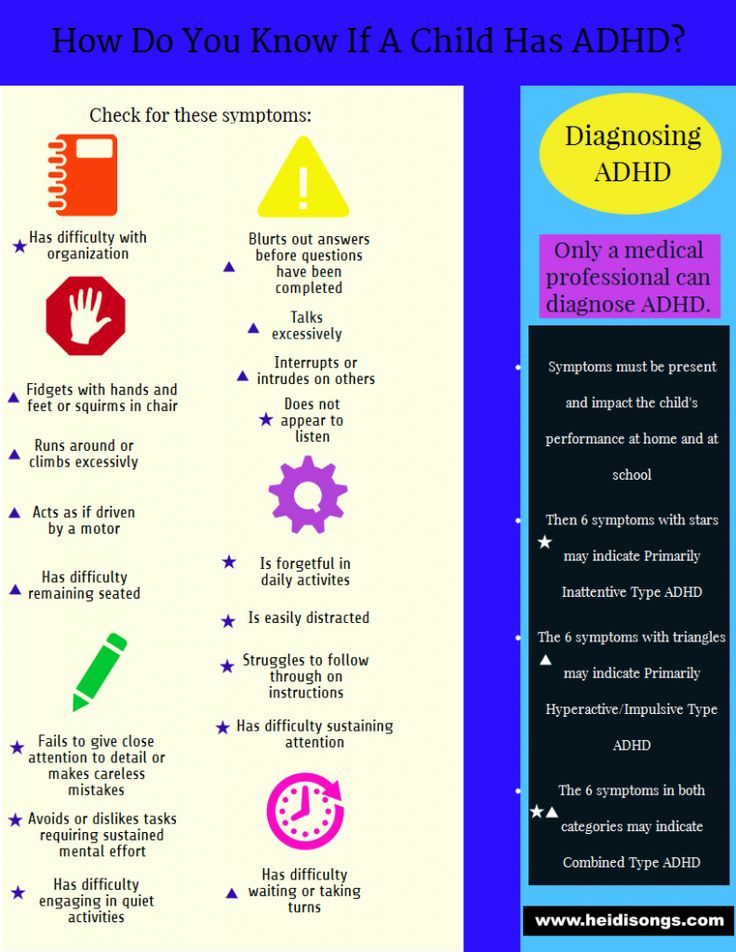 They are less willing to share anything with others, less likely to try to help parents, caregivers, children, and almost do not express empathy. Therefore, they have difficulty in establishing relationships with other people.
They are less willing to share anything with others, less likely to try to help parents, caregivers, children, and almost do not express empathy. Therefore, they have difficulty in establishing relationships with other people.
How Attention Deficit Manifests
Attention Deficit Hyperactivity Disorder manifests itself in different ways. There are several characteristic features, for example: forgetfulness, talkativeness, absent-mindedness, impaired coordination, impatience. To this we can add situations in which the child:
- does not sit still, even if necessary;
- does not focus on details;
- does not finish what he started;
- is mistaken due to inattention;
- is easily distracted by foreign objects;
- does not listen to the words of others, interferes;
- often loses his things;
- interferes in the conversation of both elders and peers;
- does not sleep well, cannot relax, rest.
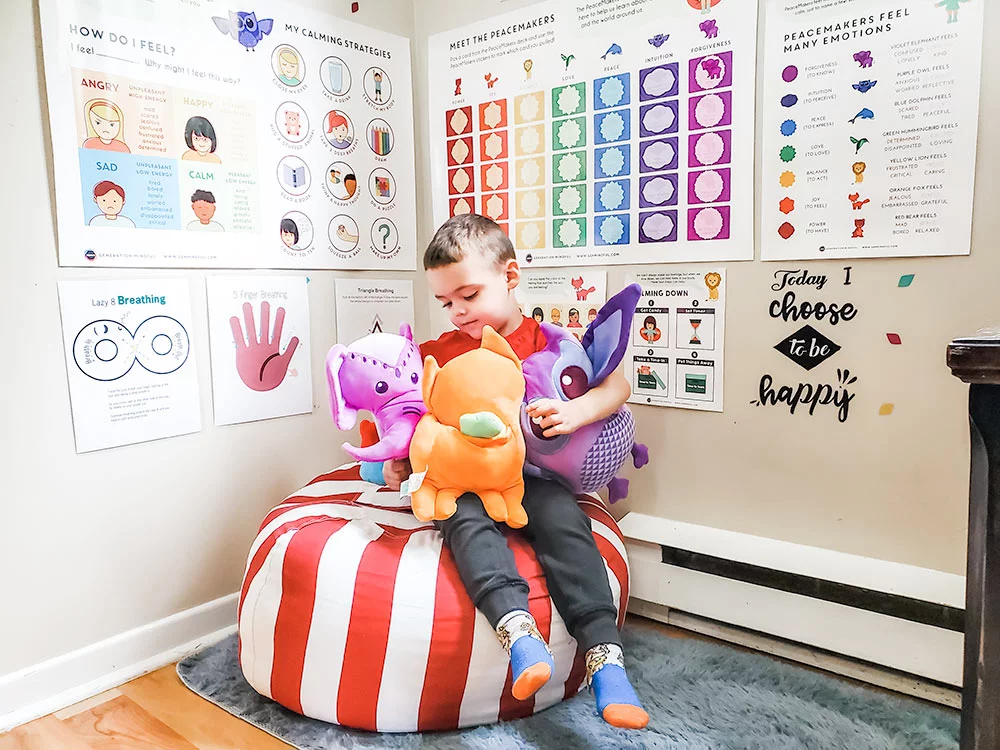
How to help your child
Children with hyperactivity do not have serious cognitive impairments - they just need more time to complete tasks. They make more mistakes because they are trying to complete the task faster so that they can get back to their business. These kids need help.
« The best way to help children with hyperactivity is play. It allows you to control the actions and actions of the child with the help of a specific game plot, rules and roles. Many experts believe that playing with water and sand is just 9 years old for such children.0012 are needed,” notes Maria Baldzhirova .
For children with attention deficit hyperactivity disorder, group and individual games are suitable to help calm the child. These can be board games or games that develop concentration and help distribute attention, relieve tension and aggressiveness. The staff of the Yunona Center prepared several such games that parents can play with their children at home.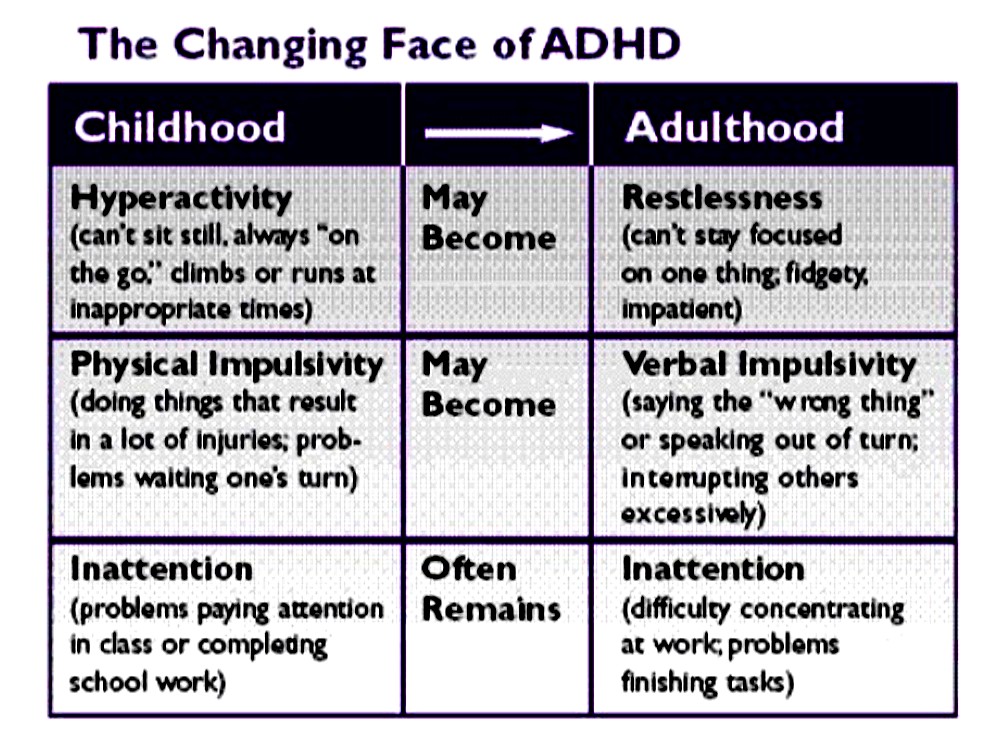
Five useful games for children with attention deficit hyperactivity disorder
Tree
Starting position - squatting. Let the child hide his head in his knees, and clasp his knees with his hands. He is a seed that gradually sprouts and turns into a tree: the child slowly rises to his feet, then straightens his body, stretches his arms up. Then you need to tighten the muscles of the body and pull it up. The wind blew: the child swings the body, imitating a tree.
Ring
Alternately and as quickly as possible, the child goes through the fingers, connecting the index finger, middle finger, etc. into a ring with the thumb. You need to play first with each hand separately, then with both hands at once.
Ear-nose
Hold the tip of the nose with the left hand and the opposite ear with the right hand. At the same time, you need to release your ear and nose, clap your hands and change the position of your hands exactly the opposite.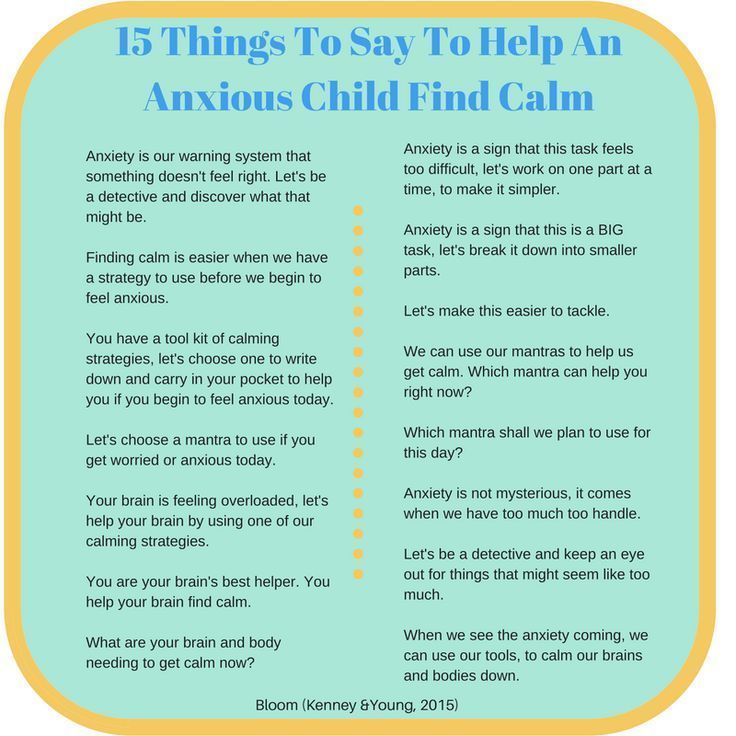
The sea is rough
Children move around the room intensively, assuming various poses. Mom or dad say:
The sea is worried - time!
The sea is rough - two!
The sea is rough - three!
Marine figure - freeze!
At the last phrase, the children freeze in one of the positions and only at the command of the parents “Otomri!” continue the game.
Resting posture
The child sits closer to the edge of the chair, leans on the back, puts his hands freely on his knees, legs slightly apart. Mom or dad slowly, in a quiet voice, with long pauses, pronounce the formula of general peace:
Everyone can dance,
Jump, run, draw,
But not everyone can do it yet
We have a game like this —
Very easy, simple,
Movement slows down,
Tension disappears...
And it becomes clear —
Relaxation is pleasant!
« The most important thing for parents is to be patient, because only systematic, regular work with a child will help him ", - teacher is convinced.
Press service of the Moscow Department of Labor and Social Protection
6 ways to calm a hyperactive child — Itgenio on vc.ru
A healthy, active child is a parent’s dream. A dream that turns into a nightmare if the child's activity turns into hyperactivity.
Not a moment of rest, all things are abandoned halfway, poor academic performance, often distracted, asks a lot of questions, but does not even wait for an answer to them. Sometimes it seems that the energy of such a child is enough for three adults and still remains. Endless attempts to pacify do not bring results.
563 views
What to do?
To begin with, it is worth understanding what signals indicate that a child is hyperactive:
- Fussiness, restlessness, restlessness;
- Emotional instability, impulsivity;
- Ignoring the rules of conduct;
- Difficulties with organizing activities;
- Forgetfulness and tendency to lose things;
- Sleep problems.

If you notice similar manifestations in your daughter or son, we do not recommend running to the pharmacy for medicines. Moreover, you should not choose medicines on the advice of the Internet.
You need to start with yourself, taking responsibility for your child. And the good news is that it is in your power to subdue his excessive energy.
We have put together 6 ways to calm a hyperactive child.
1. Return to the beginning
Try to remember when hyperactivity became noticeable, how old the child was, where you lived at that moment.
If it seems to you that it has always been like this, turn on the detective mode: track when the child starts to “wind up”, what he did before that, who was next to him, except for you, what he ate or drank.
Write down every detail so that you know the child's behavior by heart and skillfully cope with any sudden bursts of activity. Getting to the origins of the problem, you will understand how to solve it: on your own or with the help of specialists.
2. One, two, three! Game start
Play with your child.
What kind of games can there be when you have a house, family, work, duties, and he also rushes around, sucking out the last of his strength?
The secret is that you will control the process of the game, coming up with comfortable rules for yourself. The main thing is to choose a topic that is interesting for the child and be sure to alternate the pace of the game from fast to slow.
Most likely, the fidget already has a couple of fictitious games in store with his own rules. Take the opportunity to make your own adjustments to them - the usual entertainment will become more useful.
3. Practice perseverance
Patience is what hyperactive children lack so much. It is difficult for them to sit still and finish some business, especially if it is boring. For example, lessons or household chores.
In order to have enough willpower for not the most favorite activity, you need to train on something more interesting.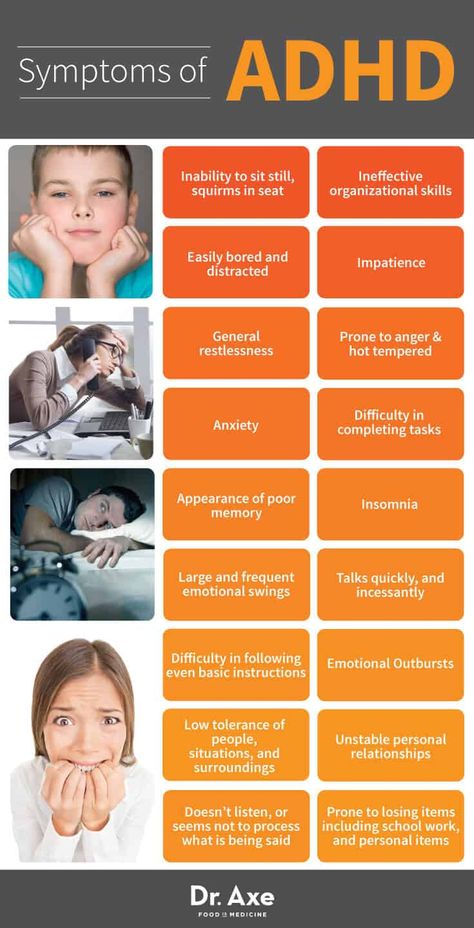
In the format of the game, set a goal for the child to perform an action that requires perseverance and concentration. This is great for tricks!
- The classic hidden coin trick under cups: whoever follows the coin and finds it under the correct cup wins.
- Fading focus. Arrange the toys in a row - there should be more than five of them - and ask them to remember each one. After adding a pinch of magic and imagination, distract the child and hide one of the toys. Guessing and describing what exactly is missing is the main goal.
There are a lot of games for training perseverance and concentration. Search or come up with your own: a personal touch works wonders!
4. Sport
It's no secret that sport trains character and promotes the development of strong-willed qualities.
Sport is different, and this is its great advantage.
You should not enroll a hyperactive child in boxing or karate so that he “beats all the nonsense out of himself” and returns home tired and unhappy.
Choose a sports section together! Show your child different activities: from boxing to a chess club. Perhaps he will suddenly fall in love with ballroom dancing or figure skating.
Any group activity under the guidance of a trainer will benefit a hyperactive child. It will be easier for him to remain calm and listen to the elder, because the environment plays a huge role. Being naughty in front of your mother in a familiar safe room is much easier.
In addition to physical activity, a child can also be interested in needlework and acting classes. In the previous article, we just wrote about popular hobbies among children.
5. Help him relax
The most difficult time with a hyperactive child is bedtime.
You can read fairy tales for hours, but it is far from sleep, because the child is spinning, thinking about something, distracting you.
Therefore, it is important to help him relax before falling asleep. Unfortunately, not all children can meditate, and even more so if they are hyperactive.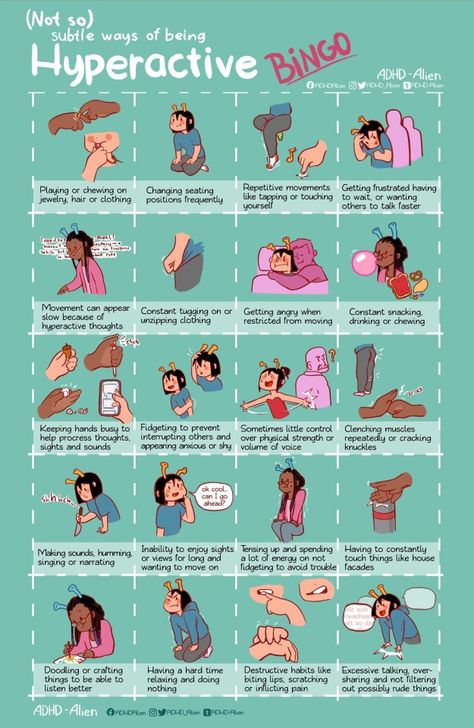
But you can start getting ready for bed a few hours in advance so that the transition from active wakefulness to relaxation and rest is smooth:
- Eat dinner 2.5 hours before bedtime, limit sweets
- Curtain the windows in the nursery
- Bathe the child in a warm bath with 2-3 drops of essential oil
- Ask to read a fairy tale to you if the child already knows how. The brain will be busy, but the body will relax
- Shift his focus from games to sleep, motivating him with something interesting from tomorrow. The sooner you fall asleep = the sooner you get what you want. Just do not promise something supernatural or expensive, in anticipation of which he will not be able to sleep;)
6. Talk about emotions
Hyperactive children, as a rule, do not know how to express their emotions. They are restless, energetic, but reserved. Don't be afraid of this. Make sure that any emotions of the child receive a response, and do not go into the void.